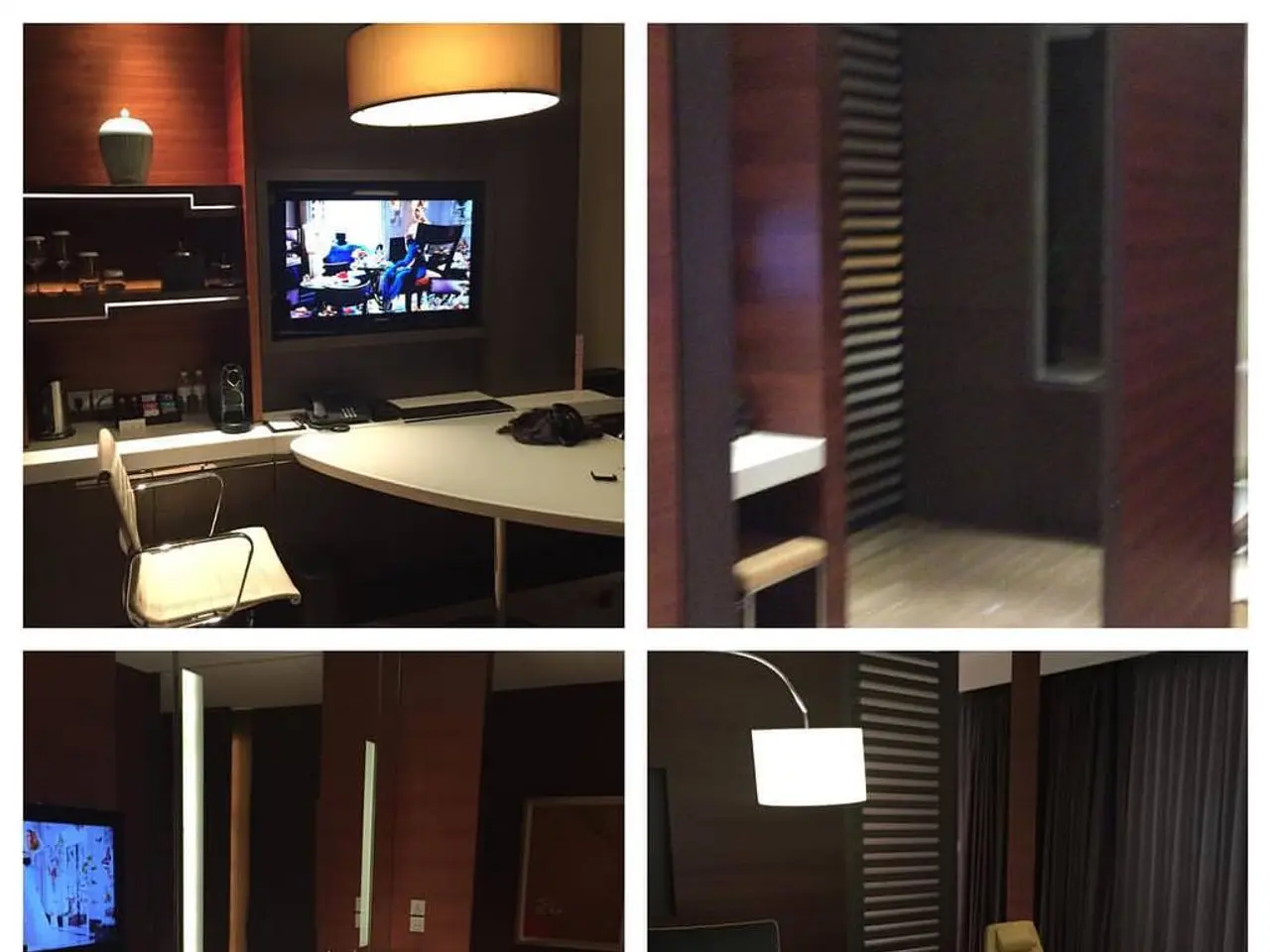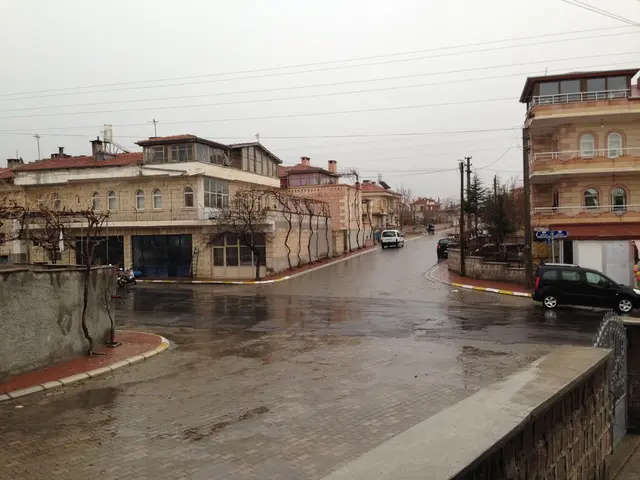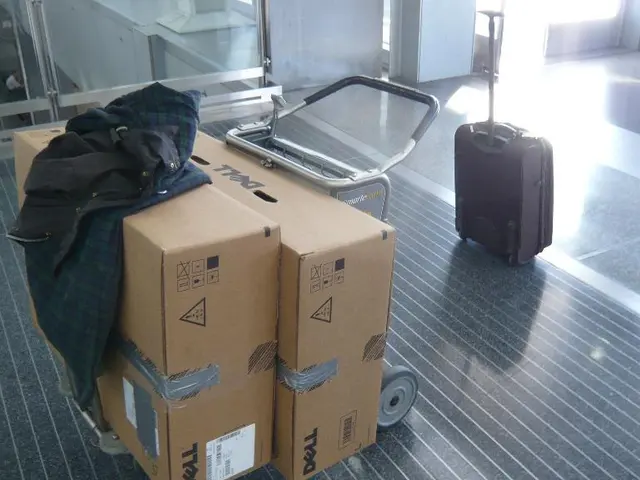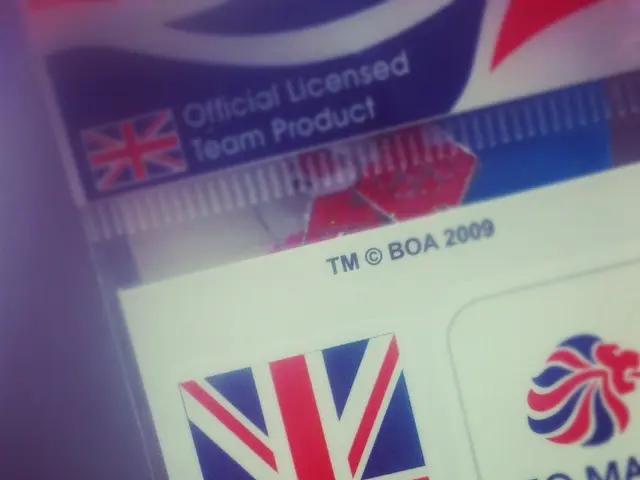Open Data Networks in Digital Movie Formats
In a significant move towards preserving digital cinema records, the National Archives and Records Administration (NARA) has announced a Digital Preservation Framework, detailing suitable file formats and tools for long-term preservation.
The framework encompasses various digital cinema file formats, including the Digital Cinema Package (DCP), Digital Picture Exchange (DPX), and Kodak Cineon. Each format is assigned a unique Format ID, with NF00462 for DCP, NF00160 for DPX, and NF00578 for Kodak Cineon. The TTL files for these formats are available on the NARA website, providing open access to the data.
For instance, the TTL file for the Digital Cinema Package can be found at https://www.ourwebsite.gov/files/lod/dpframework/id/NF00462.ttl, while the TTL files for DPX and Kodak Cineon are accessible at https://www.ourwebsite.gov/files/lod/dpframework/id/NF00160.ttl and https://www.ourwebsite.gov/files/lod/dpframework/id/NF00578.ttl respectively.
This initiative is based on NARA's current risk assessment, processing capabilities, and tools in use. It's important to note that these plans are not exhaustive or universally applicable, and the choice of file formats and codecs depends on the specific preservation strategy of each institution.
Digital preservation is a process designed to ensure digital information remains accessible and usable over time. It involves selecting appropriate file formats and codecs for long-term preservation. Common preservation formats for moving images include containers like AVI, QuickTime (.MOV), and MXF (Material Exchange Format).
The NARA's Digital Preservation Framework is part of a broader Linked Open Data initiative, covering a wide range of electronic records, not exclusively limited to digital cinema. This framework offers specifications for various file formats, proposed preservation actions, and recommended tools, aiming to enhance digital preservation practices across institutions.
While a specific "Digital Cinema Preservation Plan" may not be explicitly stated, it is likely that such a plan would be documented within the broader context of digital preservation strategies, emphasising the importance of choosing appropriate file formats and codecs for long-term accessibility and usability.
Technology plays a crucial role in the Digital Preservation Framework initiated by the National Archives and Records Administration (NARA), as it utilizes data-and-cloud computing to provide open access to TTL files for various digital cinema formats through their website. These technologies ensure the long-term preservation of digital cinema records by enabling institutions to make informed decisions about file formats and codecs suitable for their specific preservation strategies.




